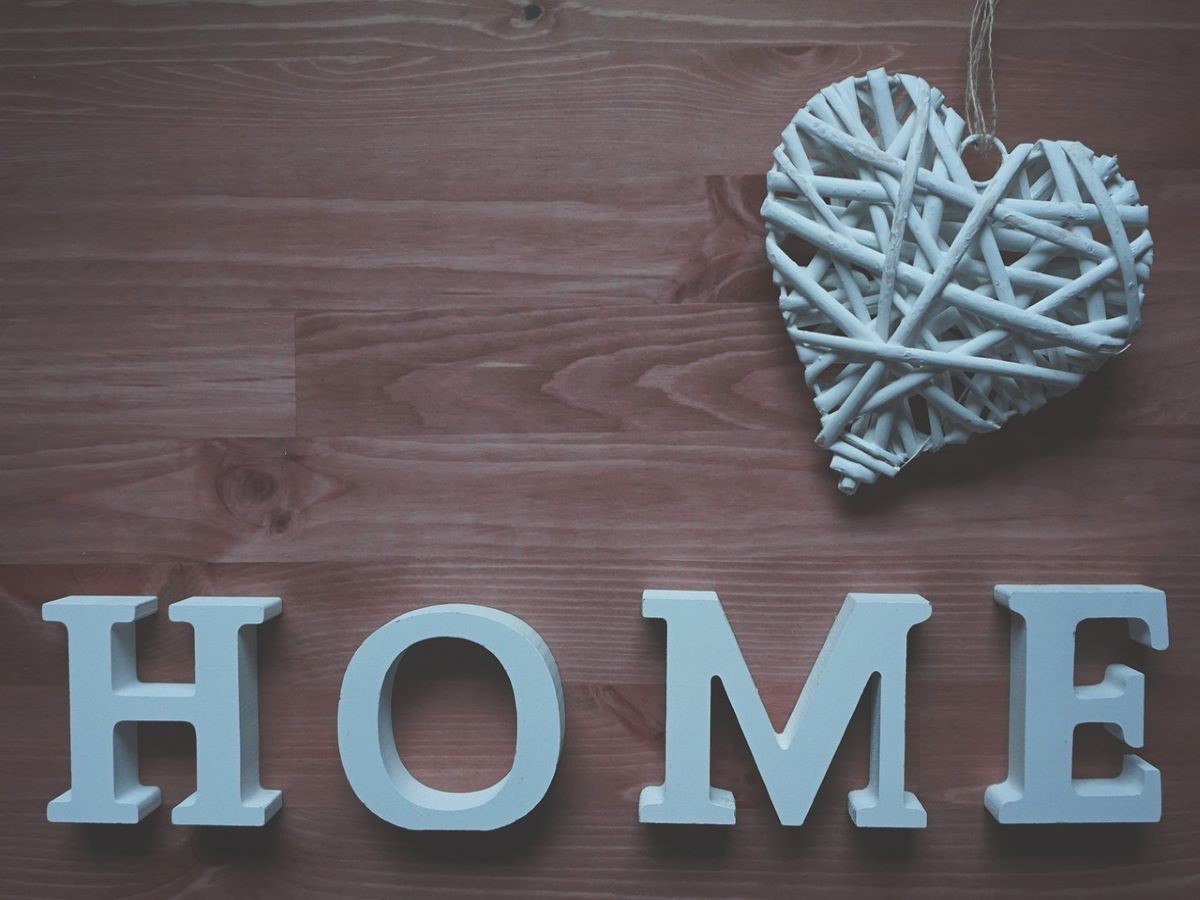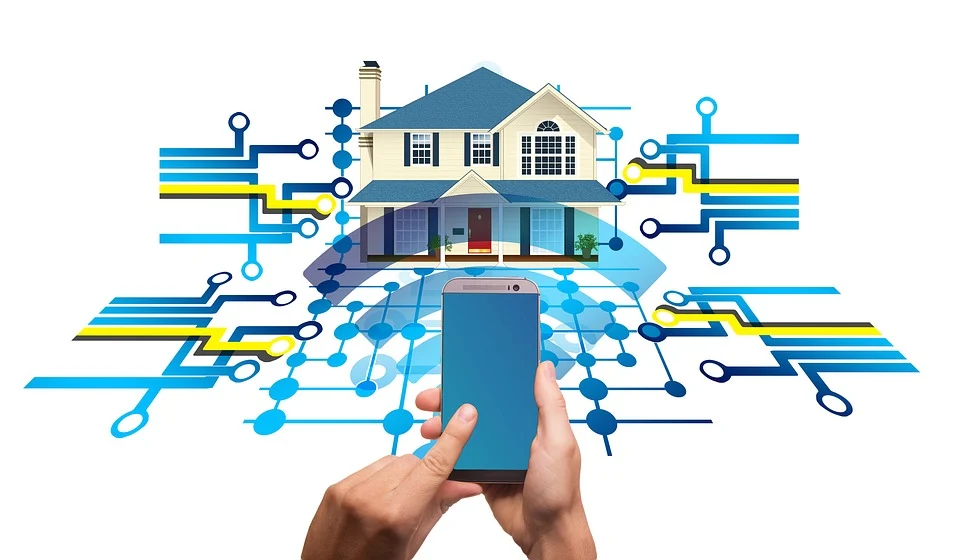America has seen an incredible housing market boom since 2020 and while prices are slowly starting to stabilize, rent for an apartment or a home continues to rise. With the average rent prices up by more than 9% since the start of 2021, more people are looking for affordable homes.
For example, a single mother who works two jobs to cover her monthly rent or a household of 4 that is already cost-burdened cannot manage increases in their monthly rent. Even a rise in rent by 10% means a greater risk of being evicted and losing their home.
The sad reality is that the circumstances described above are not unique. There are thousands of families across the United States who are suffering from the residual effects of the pandemic, the flooded property market prices, and the rise in living costs.
Families have suffered unemployment, the loss of their homes, and an inability to provide their children safe environments to learn, to play, or to grow because of rapid hikes in property values. The option of affordable housing makes it possible for more people and their families to rent within their income bracket and relieve some of the financial burden that is affecting their future.
What is Affordable Housing?
Affordable housing consists of rental apartments and houses that do not exceed a qualifying tenant’s income bracket. Affordability or low-income housing is based on the median income of the state. For those earning below the median income and who fall into the government stipulated “low-income bracket,” they have the chance to apply for affordable or low-cost housing.
Low-cost homes do not charge tenants more than a specific or agreed upon rate which is usually no more than 30% of their income. Along with lower rental rates, housing subsidies such as the Section 8 housing voucher program in the US, assists tenants with all or part of their monthly rent.
The purpose of affordable housing programs is to help those who cannot afford their monthly rent with housing that satisfies their income bracket. It is meant to help people and households with a home and prevent individuals and families from ending up on the street. Low-income housing is also meant to provide individuals with the security and safety of a home in which they can raise their families or get back on their feet after financial or other difficulties.
Today, the US includes another type of affordable housing called ‘second chance housing.’ Tenants who have bad credit, a previous eviction, or difficult background that makes renting a standard apartment a challenge, can apply for second chance housing. This allows more people to access homes despite having a negative background.
Why is there a Need for Affordable Housing in the US?
America is the land of the free and the home of the brave, yet millions continue to live below the poverty line. Millions remain at the mercy of the government for assistance and millions go cold and hungry because they lack the support, care, and resources to find help. In California, 35% of the population are homeless and living along the sidewalks, on the beaches, and in uninhabitable areas. As housing markets continue along their inflated trajectory, more people are believed to end up homeless, including adults and children.
There are many cases and personal stories of households who are struggling in a time of uncertainty and for many, a time of economic turmoil. Hopes and dreams of starting a business or owning a home have been compromised by the pandemic and limitations placed on funding for community and housing projects. Families are on waiting lists for affordable housing for months to years before receiving any assistance because the need and the demand for low-cost homes have exceeded the availability.
How Many People Use Low-Cost Housing in the US?
In the US, not a single person who is working a full-time job on minimum wage can afford a two bedroom apartment. Currently, there are 7 million affordable or low-income housing units across the US while 11 million households need low-income property to rent.
In 2016, almost 44 million people in the US are cost burdened. This figure is believed to worsen in 2021 with the strain that lockdowns and restrictions associated with the pandemic have made it more challenging for families to afford monthly rent. A household of 3 or 4 and millennials are spending more than 30% of their income on rent alone.
The Future of Affordable Housing
Households are also being forced to raise their children in challenging conditions, compromising their security, their education, and their ability to pursue their goals and dreams.
Families in America aren’t only having to rely on the government for aid. Many organizations including charities and churches have taken the initiative to support those in need. A great number of families have also only needed temporary assistance to get back on their feet and to provide for their households again.
As the world tries to adjust to this so-called “new normal” it appears that normality will not be the case for those trying to maintain the roof over their heads.
Should the government be doing more to help those who need affordable housing? Some would say yes, others would say no, but at the end of the day, those who do earn an income, who are working two, or even three jobs to pay for their homes, should be assisted to protect and provide for their families.






